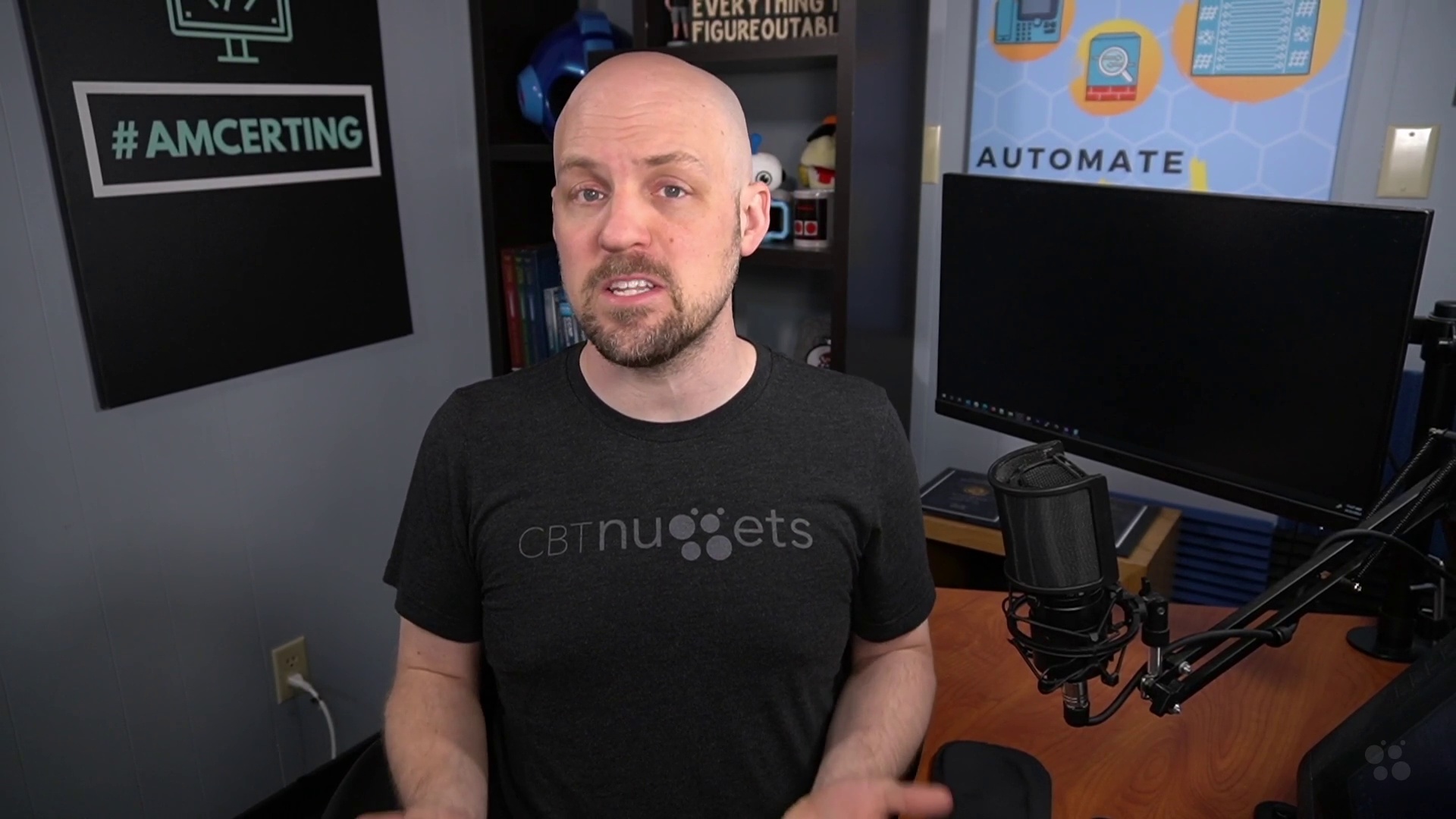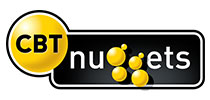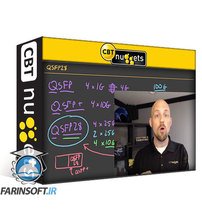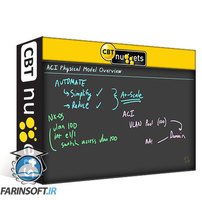در حال حاضر محصولی در سبد خرید شما وجود ندارد.

This entry-level Certified Wireless Network Administrator training covers the objectives in the CWNA-108 exam, which is the one required exam to earn the Certified Wireless Network Administrator certification.
For any network administrator whose career involves a focus on wireless technologies -- or may some day, Certified Wireless Network Administrator is the perfect certification. The CWNA cert is provided by Certified Wireless Network Professionals, and after taking the CWNA-108 exam, you'll know your way around every technology, device and problem a wireless network could throw at you.
در این روش نیاز به افزودن محصول به سبد خرید و تکمیل اطلاعات نیست و شما پس از وارد کردن ایمیل خود و طی کردن مراحل پرداخت لینک های دریافت محصولات را در ایمیل خود دریافت خواهید کرد.

--Explain-SDAccess-Services-main-resized.jpg)
آموزش کامل 350-401 ENCOR : سرویس های SD-Access

Certified Wireless Network Administrator Online Training
--Explain-the-Principles-of-SDWAN-main-resized.jpg)
آموزش کامل 350-401 ENCOR : مبانی SD-WAN

Applying Cisco Data Center Security Online Training

یادگیری FCoE و FC در Cisco CCNP Data Center
--Verify-Data-Path-Virtualization-Technologies-main-resized.jpg)
آموزش کامل 350-401 ENCOR : یادگیری کامل تکنولوژی های مجازی سازی
--Describe-Device-Virtualization-Technologies-main-resized.jpg)
آموزش کامل 350-401 ENCOR : آشنایی با تکنولوژی های High Availability

آموزش انتخاب Cisco DC Transceivers مناسب

دوره یادگیری کامل ACI Physical Model

فیلم یادگیری CCNP Enterprise (350-401 ENCOR) 2022
✨ تا ۷۰% تخفیف با شارژ کیف پول 🎁
مشاهده پلن ها